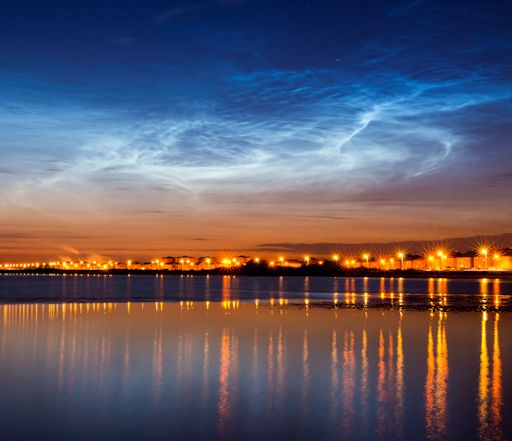STORM WARNING: NOAA estimates a 60% chance of polar geomagnetic storms on June 9th when a CME is expected to deliver a glancing blow to Earth's magnetic field. High-latitude sky watchers should be alert for auroras. Aurora alerts: text, voice.
NOCTILUCENT CLOUDS: Researchers working with data from NASA's AIM spacecraft have announced that noctilucent clouds (NLCs) are behaving strangely. Boosted by changing "teleconnections" in Earth's atmosphere, the summertime clouds appeared earlier this year than ever before, setting the stage for an unusually good season of NLCs. "Unusually good" certainly describes the apparition this morning over Troon, Ayrshire, Scotland:

"It was an amazing display," says photographer Mark Ferrier. "The clouds appeared after sunset on June 8th and lasted straight through to sunrise on June 9th."